| Plant Habit: | Herb/Forb |
| Life cycle: | Perennial |
| Sun Requirements: | Full Sun |
| Water Preferences: | Wet Mesic Mesic |
| Soil pH Preferences: | Slightly acid (6.1 – 6.5) |
| Minimum cold hardiness: | Zone 4a -34.4 °C (-30 °F) to -31.7 °C (-25 °F) |
| Maximum recommended zone: | Zone 9b |
| Plant Height: | 1 to 3 feet |
| Leaves: | Spring ephemeral |
| Fruit: | Dehiscent |
| Flowers: | Showy |
| Flower Color: | Blue Other: Pale to dark blue. |
| Bloom Size: | 1"-2" |
| Flower Time: | Spring Late spring or early summer Other: April-June |
| Underground structures: | Bulb |
| Edible Parts: | Roots |
| Eating Methods: | Cooked |
| Wildlife Attractant: | Bees |
| Propagation: Seeds: | Stratify seeds: Sow in sealed refrigerated container for 3 months or until germination. Often poor germination rate. |
| Propagation: Other methods: | Offsets Bulbs |
| Pollinators: | Bees |
| Awards and Recognitions: | Other: 2005 Great Plant Picks Award Winner |
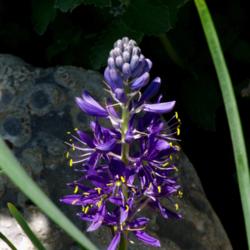
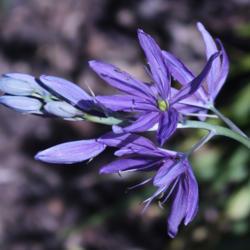
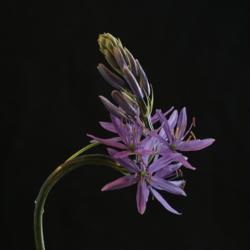
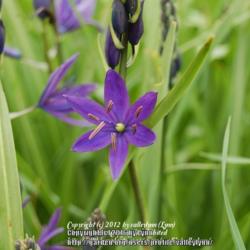
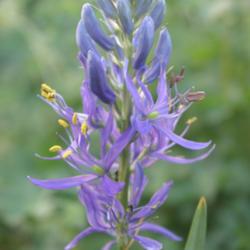
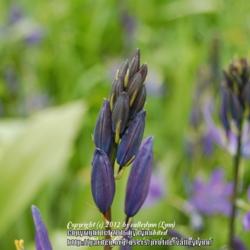
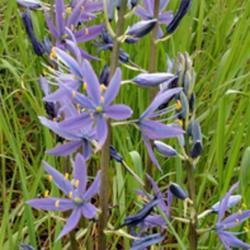
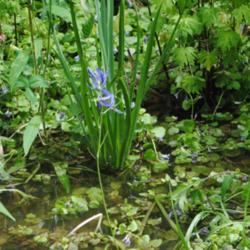
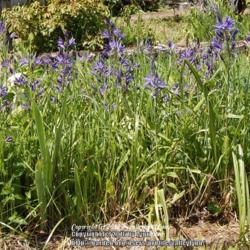
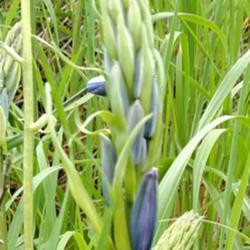
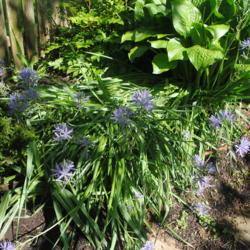
| chelle | On October 17, 2014 | Transplanted New stock - 30% in balanced rock sculpture area, 30% W side, center hugel mum bed. |